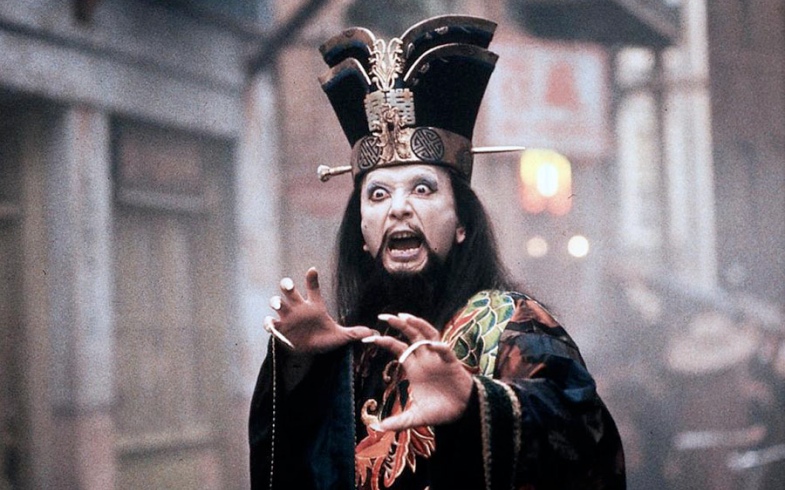
There’s no denying the fervent fan base of the horror genre, with a handful of directors flourishing and rising to the most respected ranks within the genre’s ballpark. Yet, it’s a double-edged sword, since the rest of the industry regards scary movies as the ghettos of celluloid, and even for those hall-of-famers, it’s extremely difficult for them to break out and attempt a different type of movie.
Once a horror director, always a horror director, right? Yet, regardless, once in a blue moon some get an opportunity to mix up their directorial palette and get away from the chiller scene, and it can result in a fantastic piece of cinema. Let’s observe those rare exceptions and sort out the ones that belong at the top of the heap.
10. Death Sentence (2007) – James Wan
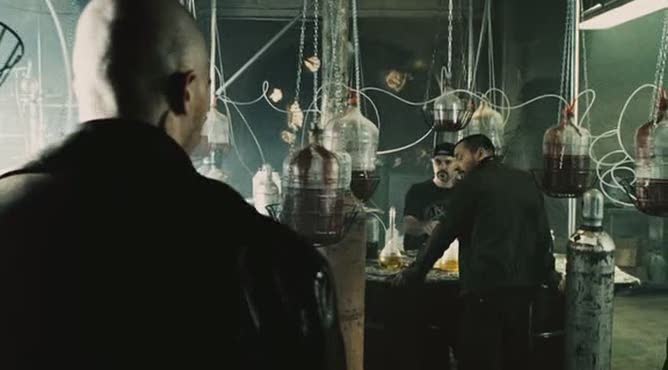
After blowing up with his debut “Saw” (2004), the horror sleeper hit that kickstarted the ‘torture porn’ craze, young gun James Wan was put into a difficult position to follow up his mammoth surprise success. He did so with a duo of vastly different genre efforts that dropped in 2007 – “Dead Silence” and “Death Sentence”. Both failed critically and commercially, as audiences were disappointed that they weren’t the same old from the director.
“Silence” was a slow burn, a slickly made yet hollow Mario Bava homage, but “Sentence” was a cracking good grindhouse thriller with a game Kevin Bacon playing the same character arc that Charles Bronson did in countless 70’s B-movies – the family man put to the test by criminals, who then takes justice into his own hands.
What the story lacked in surprises, Wan made up for it with a frenetic, no-holds-barred visual style, grimy and brutal action, and a fantastic passion for the sub-genre it aped. It was an impressive step away from his comfort zone and it easily displayed that the filmmaker could flourish outside scare territory, but unfortunately, no one was listening at the time.
Recently, though, that changed after directing the barmy action spectacle “Furious 7” (2016), most likely the peak entry of that endless franchise. Wan has finally landed the title of hot action property and will direct DC’s superhero flick “Aquaman”, dropping in 2018.
9. Red Eye (2005) – Wes Craven
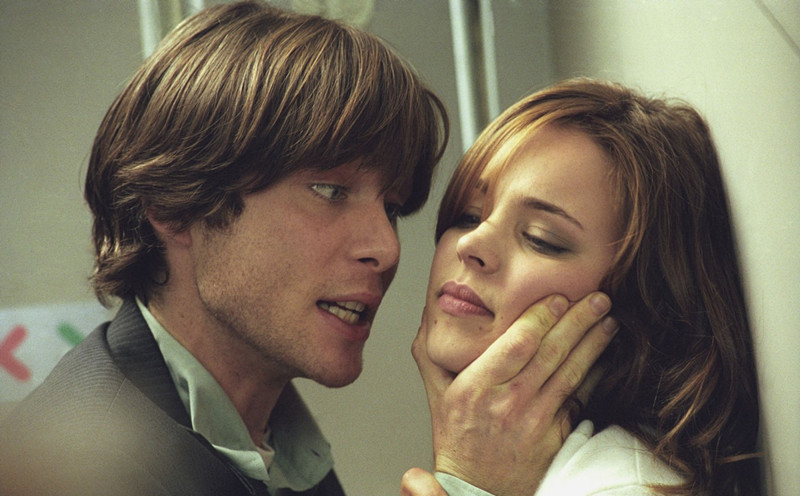
Wes Craven was a filmmaker who enjoyed a vast and varied career strictly in the horror genre; the irony always was that his cinematic tastes in his personal life were more geared toward Ingmar Bergman rather than Herschell Gordon Lewis. He always had ambitions to break out into different genres, yet it only actually happened twice (we’ll not count that horrendous short from “Paris, Je T’aime)”. One instance was “Music From The Heart” (1999), a Meryl Streep ‘teaches kids in the hood’ inspirational powerpoint that featured strong performances, but was about as unremarkable as the synopsis suggests.
Yet, “Red Eye” – a minor critical and commercial comeback after the painfully prolonged production of “Cursed” – was a fantastically directed, white-knuckle thrill ride in the tradition of Hitchcock instead of Hammer. It has a simple but cracking scenario – an airline passenger (Rachel McAdams) is held hostage by an assassin (Cillian Murphy), with the threat that her family will be harmed if she does not comply with his terrorist schemes.
With two strong leads, Craven in full-blown suspense mode, and a script that cranks out every clever nuance from its premise (even if it slightly drops the ball in its third inning), you have all the ingredients for a gripping and lean roller-coaster ride.
Of course, it wasn’t a complete journey into the wilderness for the horror maestro – the horror and thriller genres are blood cousins, after all. Yet, it was a refreshing turn for the man to not have to rely on his gory tropes, and to do something crowd-pleasing and successful, with a touch of his trademark dark edge.
8. A History of Violence (2005) – David Cronenberg
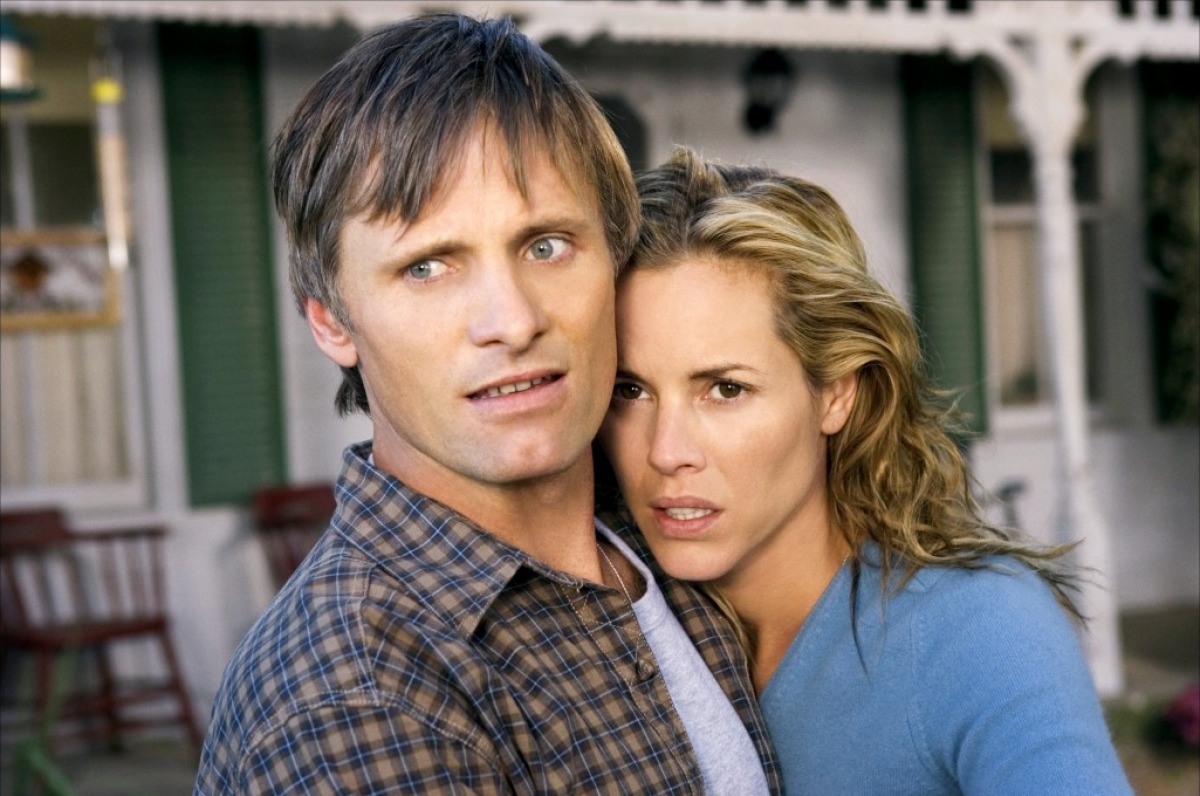
Mild-mannered Canadian director David Cronenberg managed to carve out a unique piece of the horror pie, one which he was the only true master – ‘body horror’. It’s a subgenre that’s as indebted as much to the intellectual examination of human nature and desire as it is to visceral shocks and imagery, exploring a dark, medical fear in all humans.
“Dead Ringers” (1988), “Videodrome” (1983), and “The Fly” (1986) stand as the strongest examples, with rare departures from his fascination with said subject matter; the drag racing flick “Fast Company” (1979) and he/she drama “Madame Butterfly” (1993) are the only exceptions during that period.
Yet, after the entertaining yet hilariously overblown “Existenz” (1999), it was obvious that the Toronto native had intentionally begun spoofing his self-created foundation, and he wished to move away from his comfort zone. He has done so quite successfully with a series of engaging high-powered dramas that explore similar thematics that exist in rich, psychological arenas instead of mutating monstrosities.
From this latter period, it’s difficult to choose which one is the strongest, yet preferences go to this efficient and fierce twisting of the filmmaker’s principles into a solid mainstream movie; in fact, “Eastern Promises” (2007) just missed out due to its lacklustre subplots. The adaptation of John Wagner’s comic book property centers around the age-old tale of a seemingly average man (Viggo Mortensen) whose dark past catches up with him – here in the form of brutal gangsters led by a chilling Ed Harris.
The B-plot is elevated with compelling performances from Mortensen (the first in a series of collaborations between him and the director) and his traumatized wife played by Maria Bello, exploring the dynamic between the two and its repercussions on their personal and sexual lives, in trademark Cronenberg style.
Also, the script works as a refreshingly realistic take on its genre trappings; the family dynamic and the ripple effect of a decent man returning to the dark side feels genuine and harrowing. It also helps that the film’s slow-burn pacing is broken up into a series of typically vicious and bloody action set pieces, giving old fans of the director a welcome thrill as well, in one of the most successful films of his later career.
It’s a choice of path in which Cronenberg is still going strong, creating densely interesting work that is still definitely in his voice, even though it lacks the superficial bells-and-whistles of his earlier efforts.
7. Cold in July (2014) – Jim Mickle
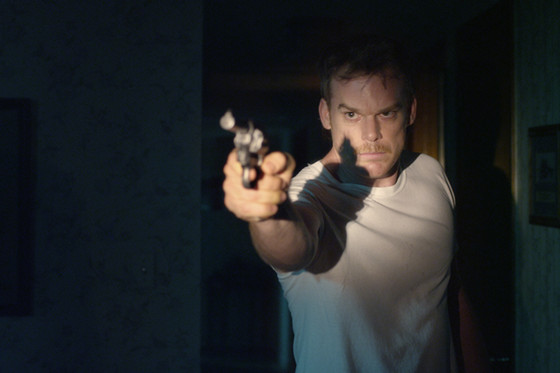
Jim Mickle burst on the scene with a trio of individual and effective horror films – the killer rat/zombie hybrid “Mulberry Street” (2006), the gritty vampire apocalypse “Stake Land” (2010), and most impressively, the devastating family chiller “We Are What We Are” (2013). All were fairly overlooked, yet with this adaptation of Joe Lansdale’s novel, he switched genre gears and landed himself a major hit with the critics.
The film is centred around Michael C. Hall’s sympathetic family man who’s thrown through the wringer with the film’s unique structure and tonal shifts – the first act is a tense stalker thriller, the second an atmospheric murder mystery, then the finale is a balls-to-the-wall revenge actioner.
Mickle gives each segment its own pacing and resonance, yet he never retreats the plot into episodic territory, with the trio of fantastic performances from Hall, Don Johnson, and Sam Shepard (in full grouchy alpha male mode) helping anchor this unpredictable genre journey. Mickle showed an effortless match-up with Lansdale’s southern-fried genre aesthetic and has stuck with the author since, and is now the showrunner for the similarly brilliant (yet sadly under-seen) Sundance TV show “Hap and Leonard”. If you’re one that enjoyed “Cold in July”, make sure you jump on said show as well.
6. Knightriders (1981) – George Romero
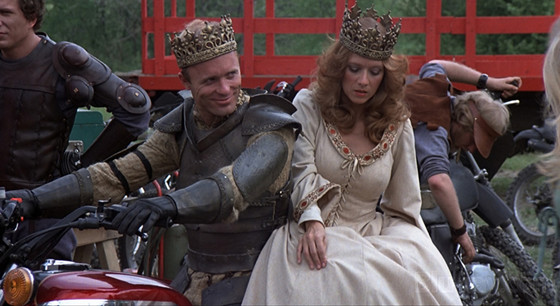
At his peak, George Romero was the horror filmmaker with the most strong and distinctive voice, and had a bucketload of things to say with it. All of his classics – the “Dead” trilogy, “Martin” (1978), “The Crazies” (1973) – work equally as scathing against their time periods, as they do as great genre efforts. It goes without saying that there was a fiery intellect injected into his best that gave them a lasting appeal over just cheap thrills-and-s. The proposition of him directing an effort completely out the genre ghetto was an inciting and surprisingly rare occurrence.
He attempted to do this early in his career; his rom-com “There’s Always Vanilla” (1971) was an unmitigated disaster, not only due to Romero’s dispassion to the bland material, but also due to hellfire production that ended with a barely completed movie.
His other attempt was bucketloads more successful and in keeping with his unique brand, “Knightriders” follows a group of traveling performers who reenacted the Knights of the round table on motorbikes for viewing audiences. For Ed Harris, though, their stoic leader, it’s not ‘play pretend’ but a way of life, and that attitude soon has them ending up as outcasts against the law in the moving ending.
Romero channeled all of his anger and emotion of the 70s into this strong and emotional drama – the Knights stand for any type of misfit group that authorities try to keep down, and they were a dying breed as the 80s reared its ugly head. Harris, then just a busy TV actor, landed his first lead role in this movie, and he’s as fierce and captivating as ever. The rest of the trope, filled with Romero regulars (half the cast of “Dawn of the Dead” is in there) are colorful and warm as the offbeat family, bound by kinship.
It was a fine and moving effort on the director’s behalf, one that proved he didn’t need the undead or the supernatural to get his point across. Sadly, it’s a not a privilege he would enjoy again.